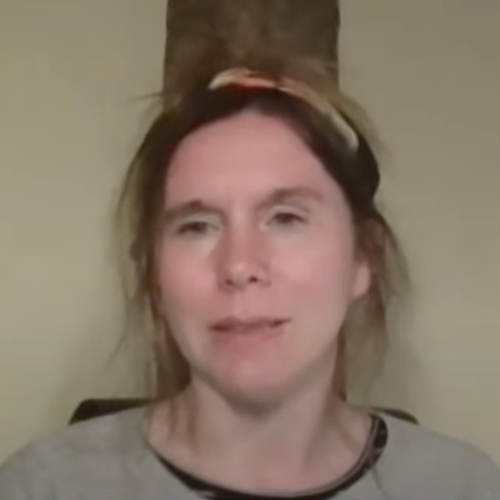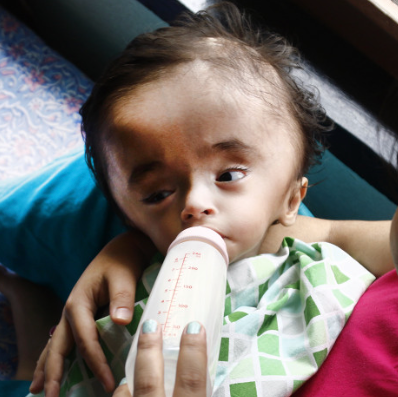On April 1st 2012, our lives changed forever. On that day, our 12-year-old son died from sepsis. Rory was a bright, civic-minded boy with a reputation as an ally of underdogs. At his school in Queens, he was elected to the Student Council and led a campaign entitled Spread the Word to End the Word to curtail the casual, derogatory use of the term “retarded.” He was passionate about politics, his Irish heritage, and aviation. He was a loving big brother to his little sister Kathleen and together they spent many happy times with their friends riding bicycles and playing in the local park. He dreamed of becoming a pilot like his hero, Captain Sully Sullenberger. He had his first flying lesson on his 12th birthday.
On March 28, 2012, Rory grazed his arm while playing basketball at school. After his fall, Rory’s gym teacher put two Band-Aids on his arm; he did not send him to the school nurse or clean the wound. Late that night, Rory woke up moaning with a pain in his leg. We coaxed him back to sleep and the following morning he awoke with a fever of 104. We called his pediatrician and took him to see her that evening. She took his vital signs and we showed her the scrape on his elbow. She noted his mottled skin, the pain in his leg he complained of, and the stomach tenderness he moaned about. His vital signs were dangerous at that stage but she showed no cause for concern and did not communicate them to us. She listened but dismissed our concerns, saying Rory had a stomach virus that was making its way around New York. She advised us to take him to the hospital for rehydration and fluids, saying the virus would run its course and that there was no cause for concern.
We took Rory to the emergency department of a major New York hospital where the doctors said Rory’s pain was caused by a sick stomach and dehydration. He was rehydrated and prescribed medication for nausea. They drew blood but did not read the results of the blood test. The laboratory in the hospital had actually flagged Rory’s blood as showing an abnormality within an hour of Rory’s arrival there, but there was no system in place to alert the emergency room with this information. When the critical value tests returned showing that Rory was extremely ill, no one raised any concern. No attempt was made by the hospital to contact us and tell us that our son was gravely ill. The hospital discharged a child who was, in fact, fighting for his life.
Rory fell into a deep sleep on Thursday night but awoke the following day in pain and with a fever that we could not bring down with medication. After repeated calls to his pediatrician, we returned the ER on Friday evening; this time he was admitted to the ICU. Rory was fighting a serious infection. This infection had been in his blood when we brought him to his pediatrician and to the hospital on Thursday. Bacteria had entered his blood through the cut on his arm. Rory was in septic shock; he died on Sunday evening. We cannot begin to convey the depths of our grief at the loss of our beloved son. The realization that Rory died of sepsis, a condition we had no knowledge of, and that his death could have been prevented by any of the medical professionals who attended to our son following his fall, is almost unbearable to contemplate.
Following Rory’s death, we began to research sepsis. We learned that it is the leading killer of infants and children worldwide and that it takes more that 250,000 American lives annually. We established the Rory Staunton Foundation for Sepsis Prevention and now devote ourselves to raising public awareness of the signs and symptoms of sepsis and implementing sepsis protocols in hospitals across the country. Our goal is to ensure that what happened to Rory will never happen again and that no parent will experience the devastation of burying a child, knowing that the child’s death was preventable. Through our work, we honor Rory and his belief in the power of individuals to bring about positive change. He will live forever in the work we do in his name.







